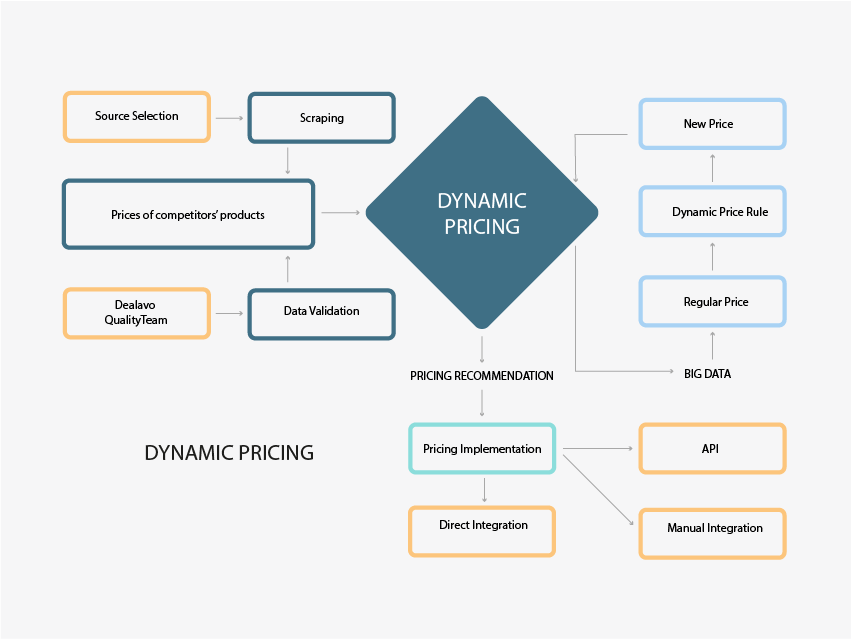Sensory Integration Disorder (SID), also known as Sensory Processing Disorder (SPD), is a condition that affects how the brain processes and responds to sensory information. Individuals with SID may have difficulty organizing and making sense of the various stimuli they receive from their environment. This can lead to challenges in regulating emotions, behavior, and motor skills. Fortunately, there are a variety of strategies and therapies available to help individuals with SID manage their symptoms and improve their quality of life.
In this article, we will explore some of the most effective sensory integration disorder treatment options currently available. From sensory diets and sensory rooms to occupational therapy and specialized education programs, there are numerous approaches that can help individuals with SID better cope with their sensory challenges. We will also discuss the importance of early intervention and the role that parents, educators, and therapists play in supporting individuals with SID.
By understanding the underlying causes of sensory integration disorder and implementing appropriate treatment strategies, individuals with SID can learn to better navigate the world around them and improve their overall functioning. Join us as we delve into the realm of sensory integration disorder treatment and discover how individuals with SID can thrive with the right support and intervention.
Implement targeted sensory integration strategies.
To facilitate effective treatment for sensory integration disorder, it is essential to implement targeted sensory integration strategies tailored to the individual’s specific needs. These strategies may include activities focused on providing sensory input through various sensory modalities such as touch, movement, and auditory stimuli. By systematically exposing individuals to sensory experiences that challenge and stimulate their sensory processing abilities, therapists aim to help them regulate their responses to sensory stimuli more effectively. Additionally, incorporating activities that promote body awareness, coordination, and balance can further enhance the individual’s ability to integrate sensory information and improve overall functioning in daily activities. Careful assessment and implementation of targeted sensory integration strategies are crucial components of a comprehensive treatment plan for individuals with sensory integration disorder.
Explore occupational therapy for treatment.
Occupational therapy may serve as an invaluable component in the treatment for sensory integration disorder, offering specialized interventions to address sensory processing challenges. Occupational therapists are trained to assess individuals’ sensory needs and develop personalized treatment plans to improve their ability to engage in daily activities effectively. Through a variety of therapeutic activities and interventions, occupational therapy aims to enhance individuals’ sensory integration skills, promote emotional regulation, and develop functional abilities necessary for success in various environments. By collaborating with occupational therapists, individuals with sensory integration disorder can access comprehensive care that targets specific sensory difficulties and facilitates meaningful progress in their sensory processing abilities and overall functioning.
Consider specialized sensory integration therapies.
In exploring treatment options for sensory integration disorder, it is important to consider specialized sensory integration therapies that focus on addressing specific sensory processing difficulties. These targeted therapies, such as sensory integration therapy, sensory-based interventions, or sensory diets, are designed to provide individuals with structured sensory experiences that help regulate their sensory responses and improve overall integration. By incorporating activities that stimulate and organize the sensory system, these specialized therapies aim to enhance individuals’ sensory processing abilities and promote adaptive behaviors in response to sensory inputs. Collaborating with professionals trained in specialized sensory integration therapies can offer individuals with sensory integration disorder tailored interventions to support their unique sensory needs and facilitate their progress towards improved sensory regulation and functional performance.
In conclusion, the treatment and management of Sensory Integration Disorder require a comprehensive and individualized approach that takes into consideration the unique sensory processing challenges faced by each individual. By employing a range of strategies and therapies such as sensory diets, occupational therapy, and sensory integration therapy, individuals with Sensory Integration Disorder can experience improved sensory processing, self-regulation, and overall quality of life. It is crucial for healthcare professionals, caregivers, and educators to work collaboratively to implement effective interventions and support mechanisms that cater to the sensory needs of individuals with this disorder. Through ongoing research, advocacy, and support, we can continue to enhance our understanding of Sensory Integration Disorder and work towards enhancing the well-being and success of those affected by it.






